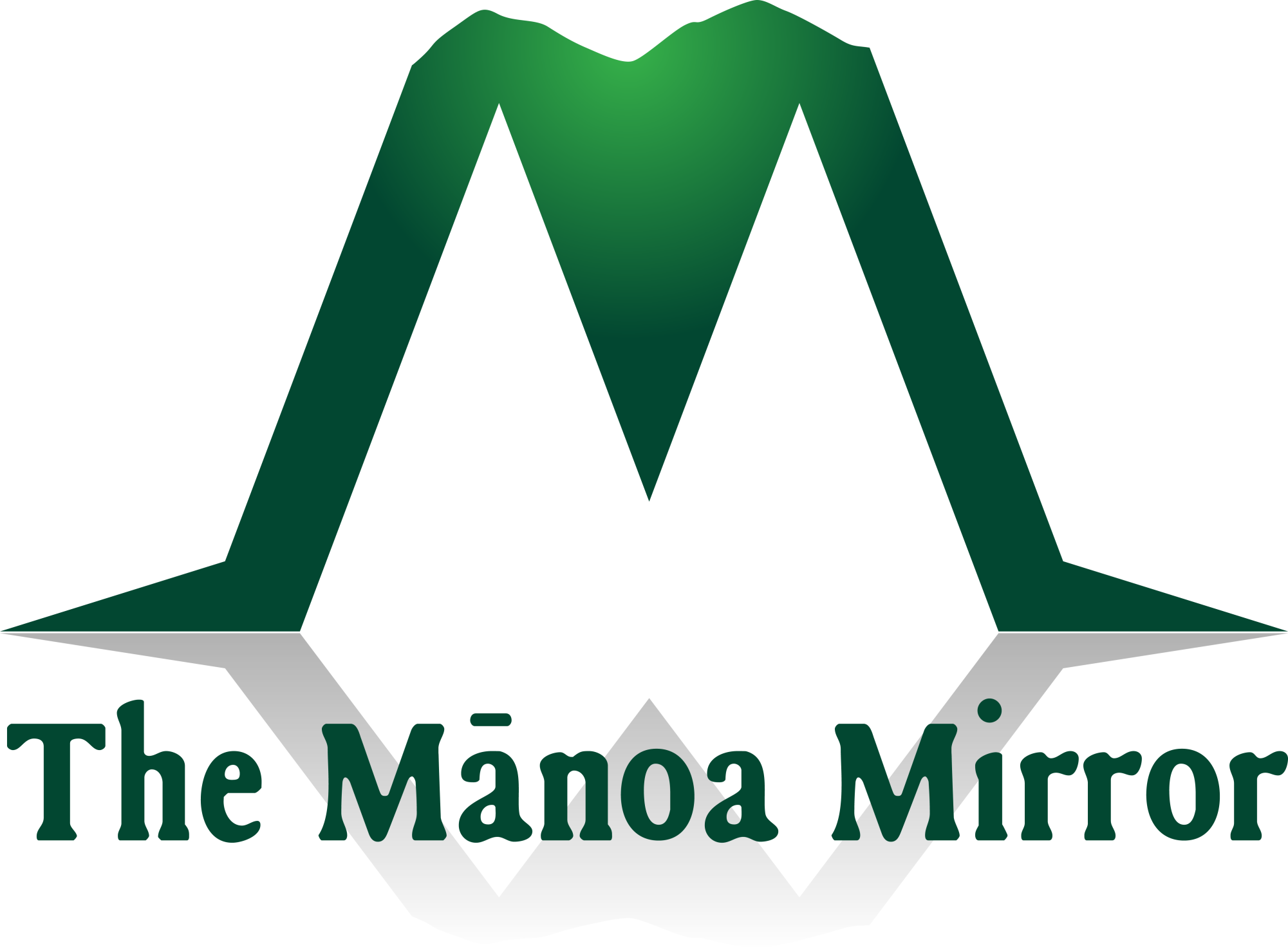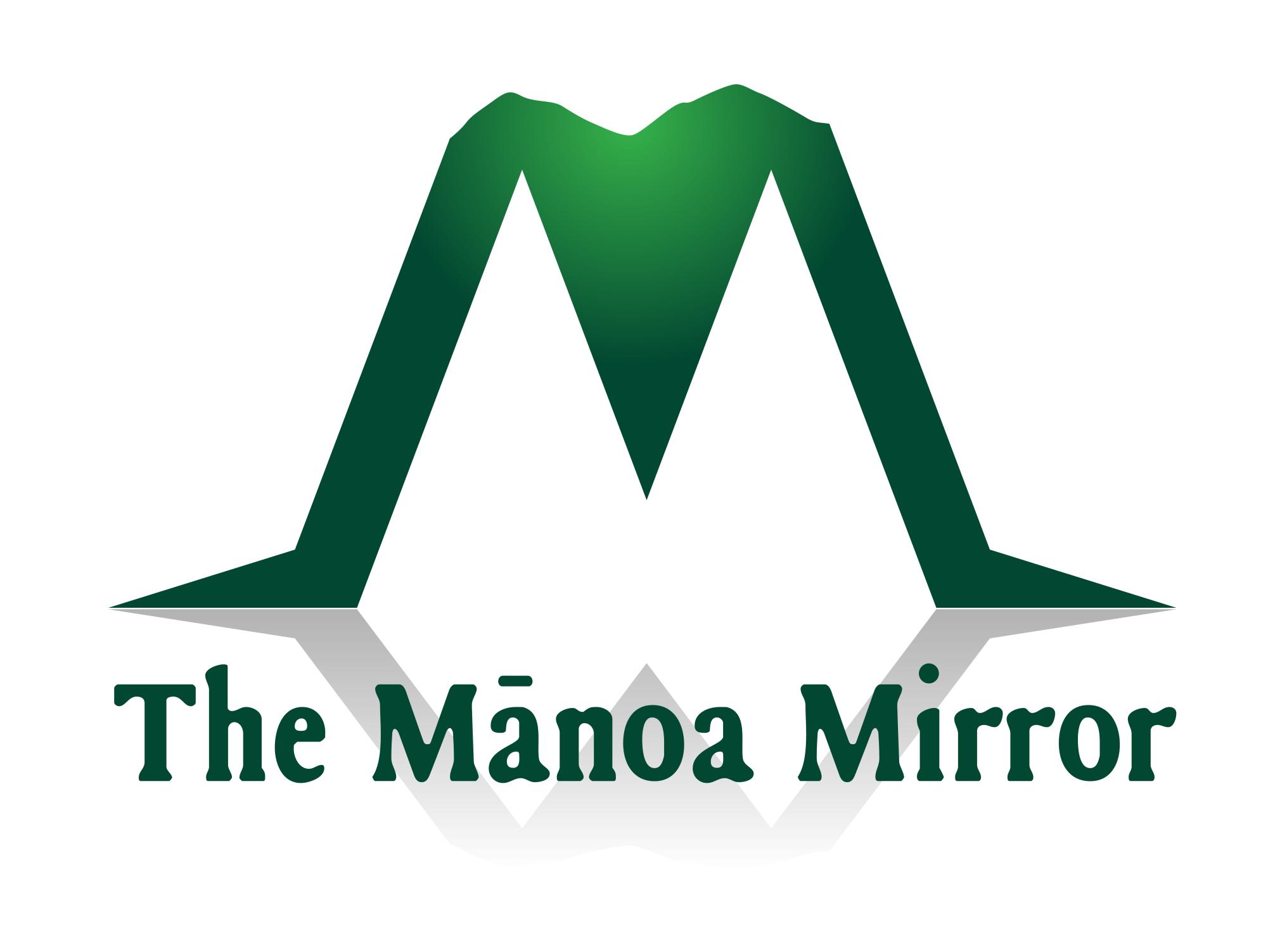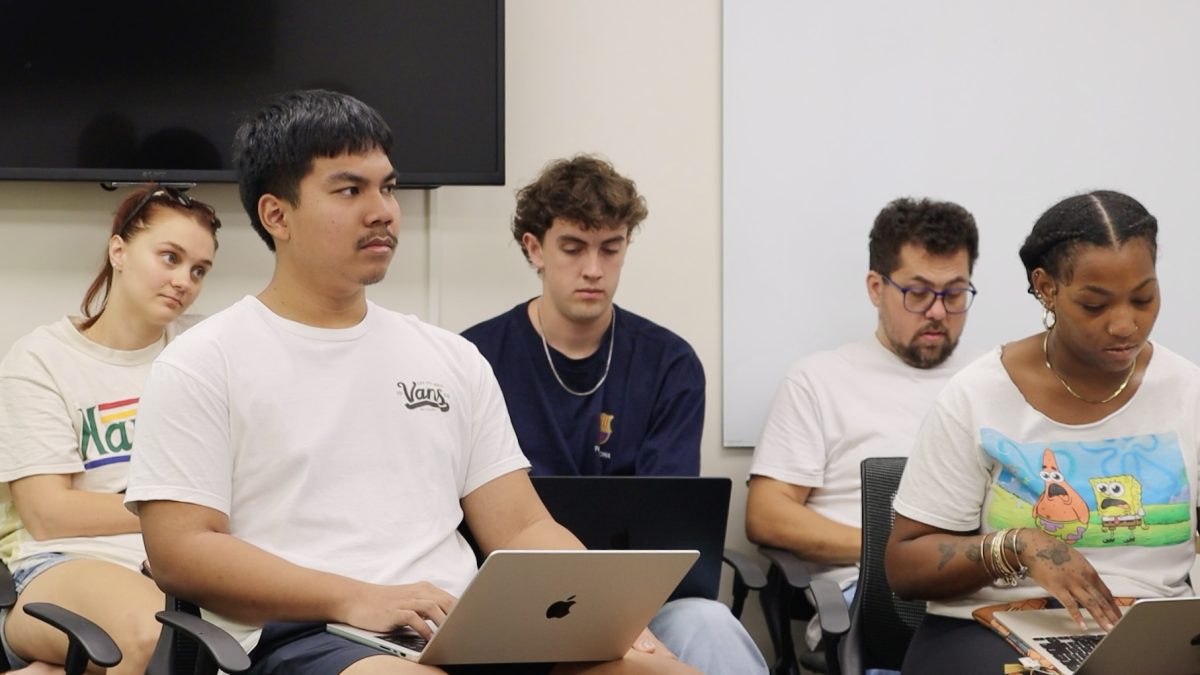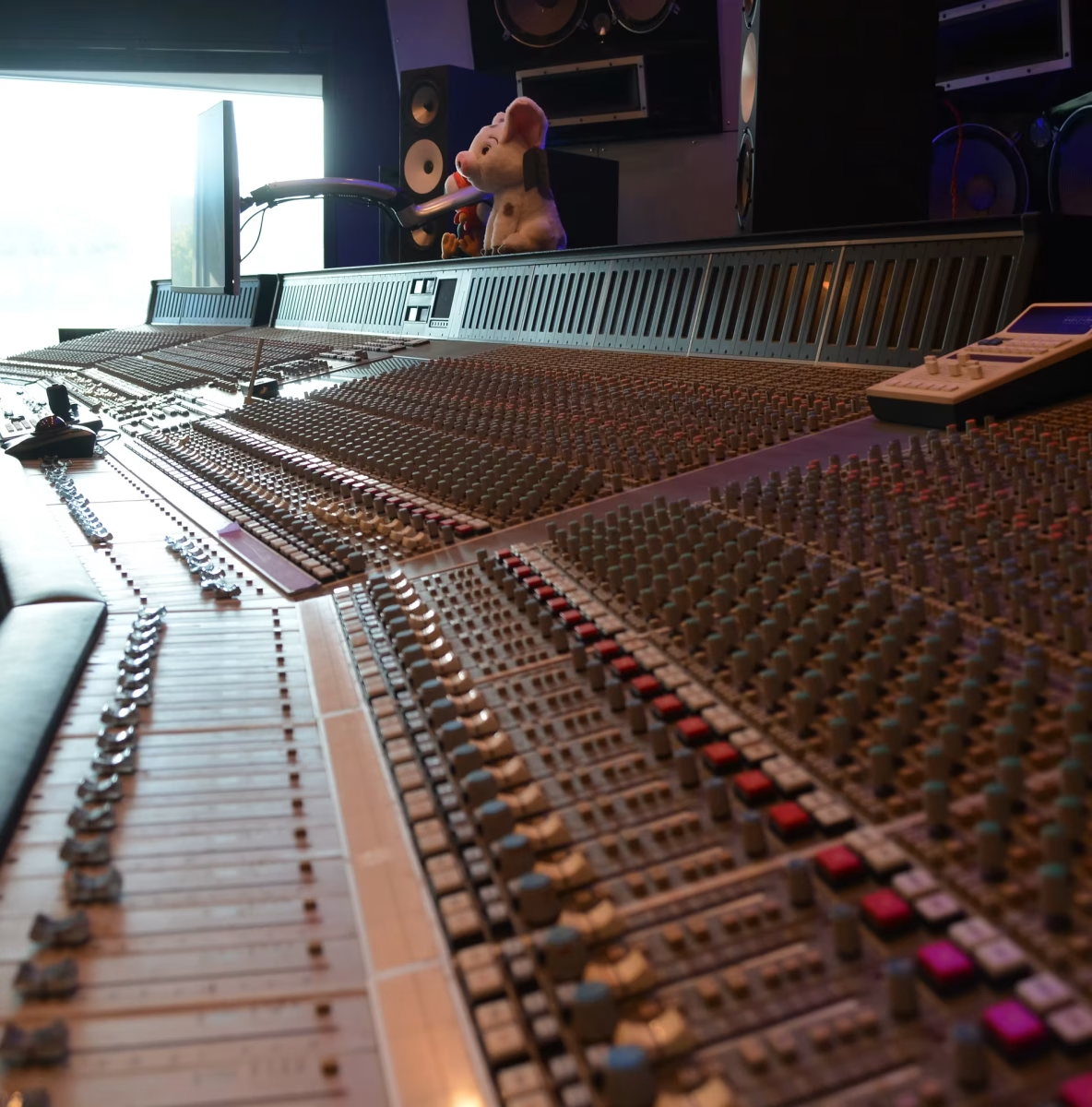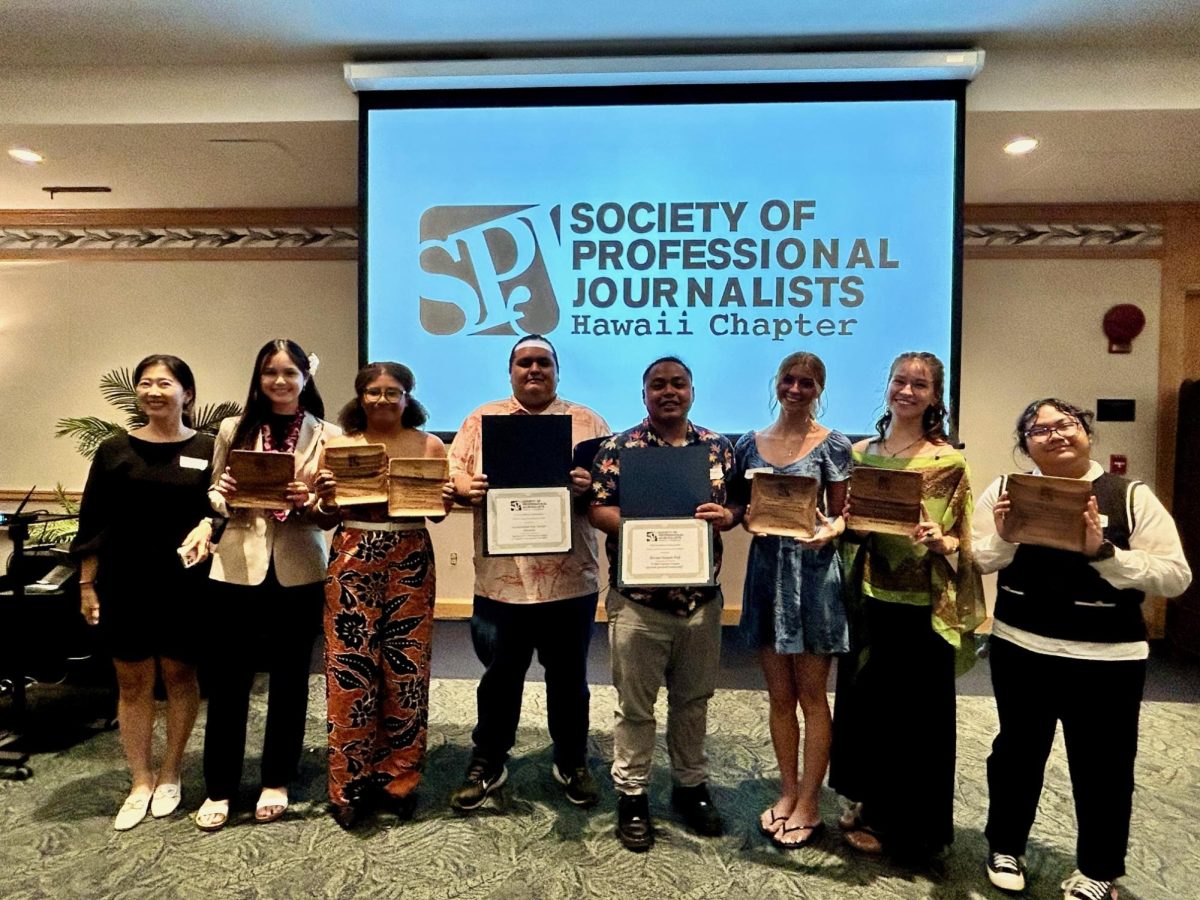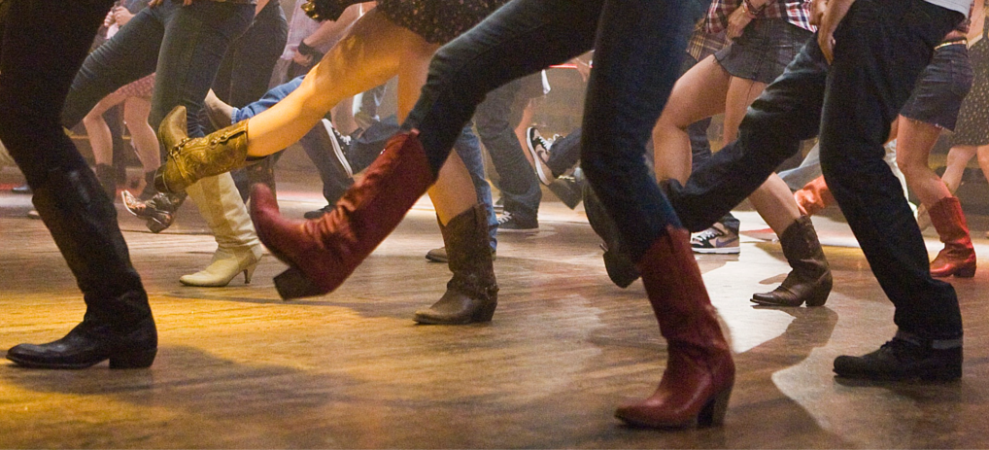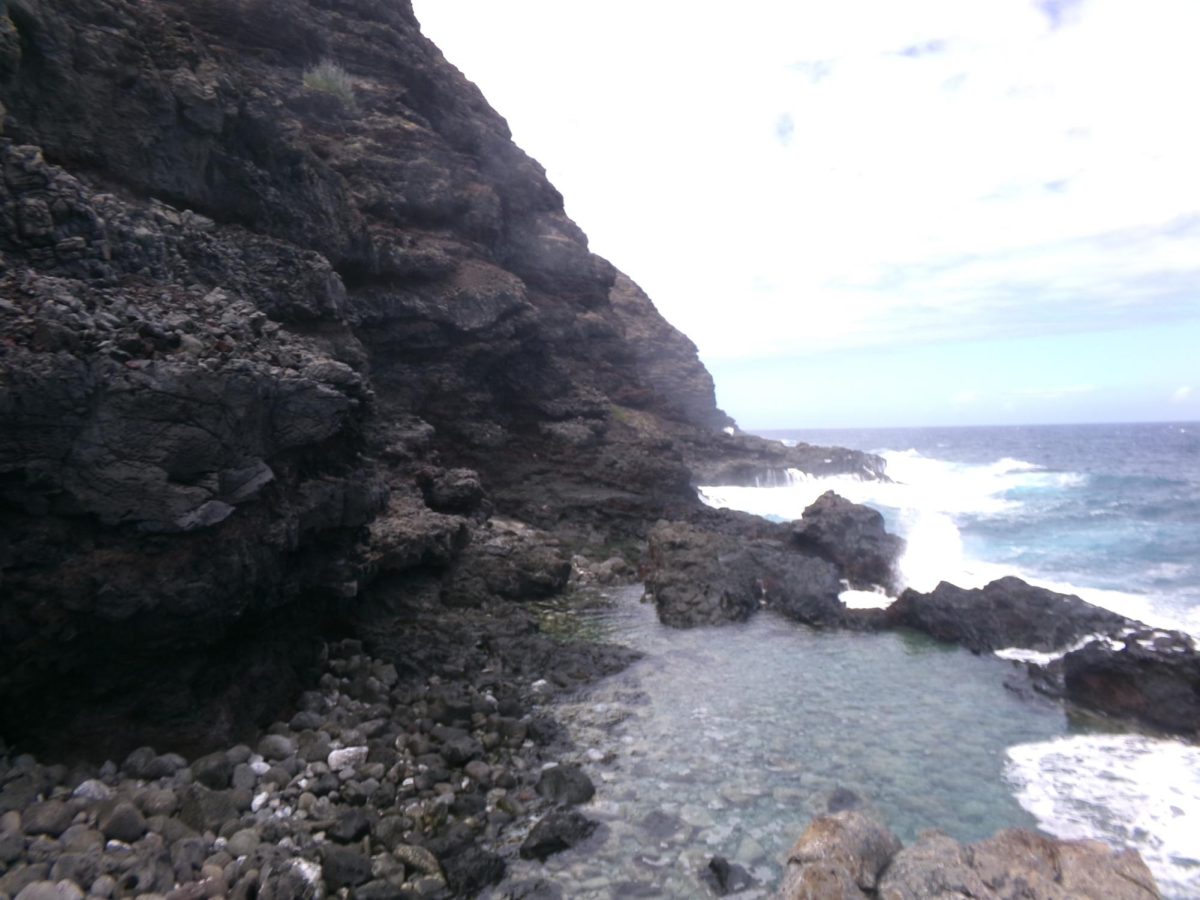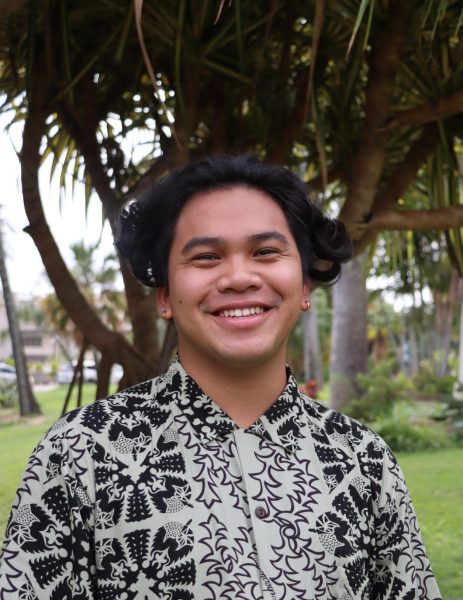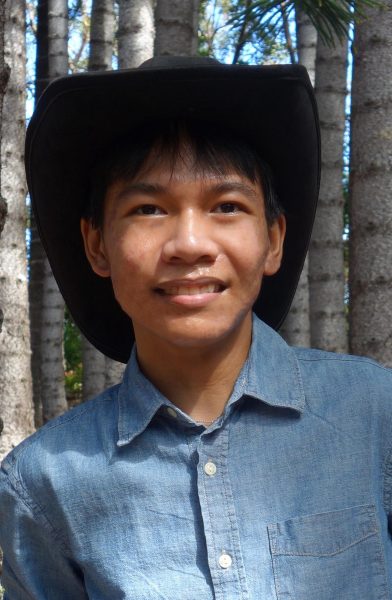For students in sports columnist David Reardon’s Sports Media class, their education this semester culminated in producing their own debate-style sports podcast episodes.
“This podcast was an opportunity for us to vocalize our writing instead of having a boring assignment to write something,” said Christopher Kae, a journalism student at UH Mānoa. “It was fun to be in front of the class and talk about sports topics.”
Kae’s group “Draftology” stirred conversations around the National Football League draft. The group’s episode sparked conversations of “overrated” picks and strong opinions backed up by facts, looking into players’ statistics and the schools they’ve played during their college journey.
Kae explained that having hands-on opportunities such as these face-to-face debates develop persuasive and conversational skills.
“It was really fun in the podcast to make points and have someone to refute me immediately, I didn’t exactly know what I was going to say next. It was a good opportunity to think on my feet and debate professionally,” said Kae.
Richard Santana, the teacher assistant for this class, said that this final project was inspired by ESPN’s podcast “First Take” hosted by Stephen A. Smith.
“We see journalism now, it’s not only writing, it’s you as a person. This (the final project) is an advancement or shift in what a journalist is these days,” said Santana. “It’s important for journalism majors to have their foot in the door and know what the podcast is and how to do it.”
Santana found that projects like this help students learn speaking skills and learn how to think quickly while still being critical.
James Taitague, a business major who also partook in this project, said that assignments like these need to be replicated in other classroom spaces.
“I am not a person who will sit there and read and learn,” Taitague said. “So to actually get my hands on it and experience it will stick with me longer than sitting there and being lectured will.”
Kae stressed the need to bridge practicality into the classroom with different forms of assignments, especially as journalism is adapting outside of written content.
“It was a nice change of pace from all the classroom work we were doing, it gave us the chance to show our character and break out of the traditional classroom bubble,” said Kae.
